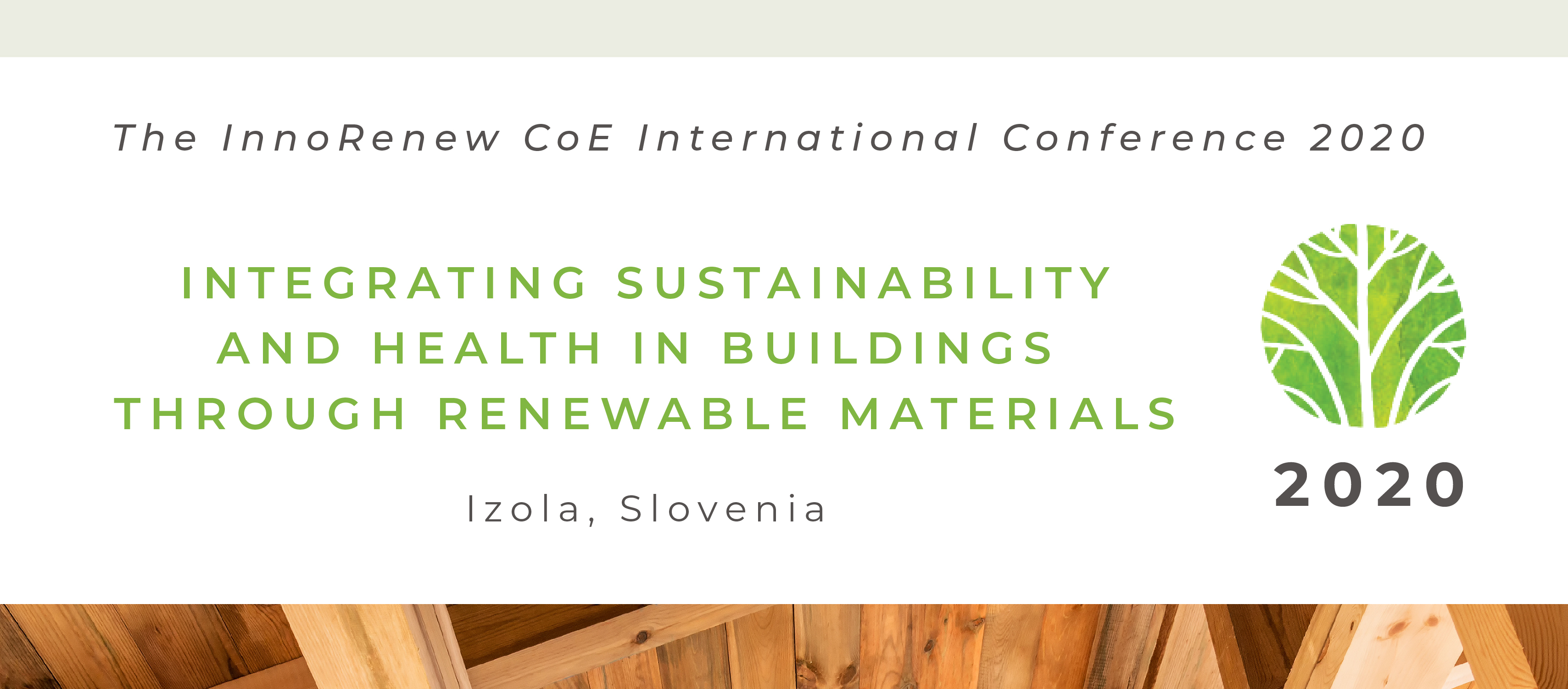Speaker
Description
UV LED printing technology can be used for printing directly on wood which enables new options for unique printed wooden elements in the interior and exterior design. With the appropriate design and processing technology all kinds of wood samples and end products (doors, furniture elements etc.) can be enriched and their added value can be raised. Depending on the application’s end use, a pre or post-treatment may be required to improve ink adhesion and durability. Plasma treatments are a common procedure to improve the performance of coatings and adhesives on various substrate materials. Particularly on wood, air plasma treatments are known to improve adhesion strength and durability of many types of lacquers and varnishes (Žigon et al., 2018). In some cases, air plasmas were even found to be a suitable replacement for parts of the conventional pretreatments, such as the last step of sanding before applying the coating (Wolkenhauer et al., 2009). In other cases, chemical primers could be excluded altogether on plasma pretreated substrates (Viöl et al., 2012).
In this research Common beech (Fagus sylvatica L.) wood samples were printed using flatbed UV LED inkjet system (Apex 1610) with Nazdar UV inks. Half of the specimen were pretreated using a dielectric barrier discharge (DBD) plasma in atmospheric air (Žigon et al., 2019). To determine the influence of the DBD pretreatment print gloss, print sharpness and abrasion resistance of the printed samples were measured.
Print gloss was measured on the 100 % covered printed black area with Novo Gloss Trigloss Gloss Meter (RHOPOINT) at 20, 65 and 85 ° gloss angles. The results indicate no significant changes regarding specular reflections after the DBD pretreatment. Print sharpness as a surface quality factor was determined with modulation transfer function (MTF) using ImageJ, an open source image processing program. The results of abrasion resistance obtained with Taber Abraser didn’t show significant difference, either. Based on this results it can be concluded, that DBD pretreatment did not have a significant impact on printing properties of Common beech wood samples printed with UV inkjet.
Keywords: UV LED, printing, plasma treatment, gloss, abrasion resistance
Acknowledgements:The authors gratefully acknowledge the European Commission for funding the InnoRenew CoE project (Grant Agreement #739574) under the H2020 Widespread-Teaming programme, and the Republic of Slovenia (Investment funding of the Republic of Slovenia and the European Union of the European Regional Development Fund).
REFERENCES
Viöl, W., Avramidis, G., Militz, H., 2012. Plasma treatment of wood. In: Handbook of Wood Chemistry and Wood Composites. Ed. Rowell, R.M. second edition. CRC Press, Boca Raton. pp. 627–658.
Wolkenhauer, A., Avramidis, G., Hauswald, E., Militz, H., Viöl, W., 2009. Sanding vs. plasma treatment of aged wood: A comparison with respect to surface energy. Int. J. Adhes. Adhes. 29, 18–22. https://doi.org/10.1016/j.ijadhadh.2007.11.001
Žigon, J., Petrič, M., Dahle, S., 2018. Dielectric barrier discharge (DBD) plasma pretreatment of lignocellulosic materials in air at atmospheric pressure for their improved wettability: a literature review. Holzforschung 72, 979–991. https://doi.org/10.1515/hf-2017-0207
Žigon, J., Petrič, M., Dahle, S., 2019. Artificially aged spruce and beech wood surfaces reactivated using FE-DBD atmospheric plasma. Holzforschung 73, ahead of print. https://doi.org/10.1515/hf-2019-0005
| Consider my submission for a full-paper in the IPBE special edition for the conference? | Yes, please. |
|---|

